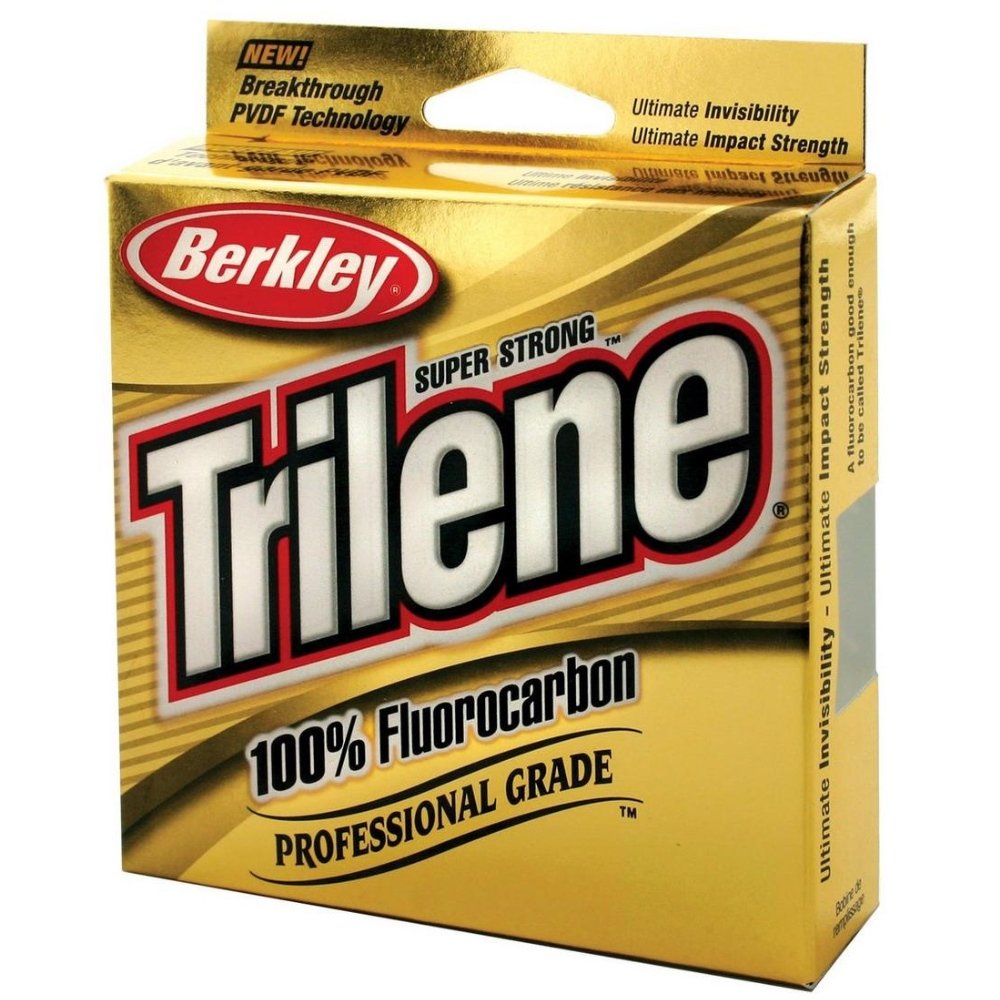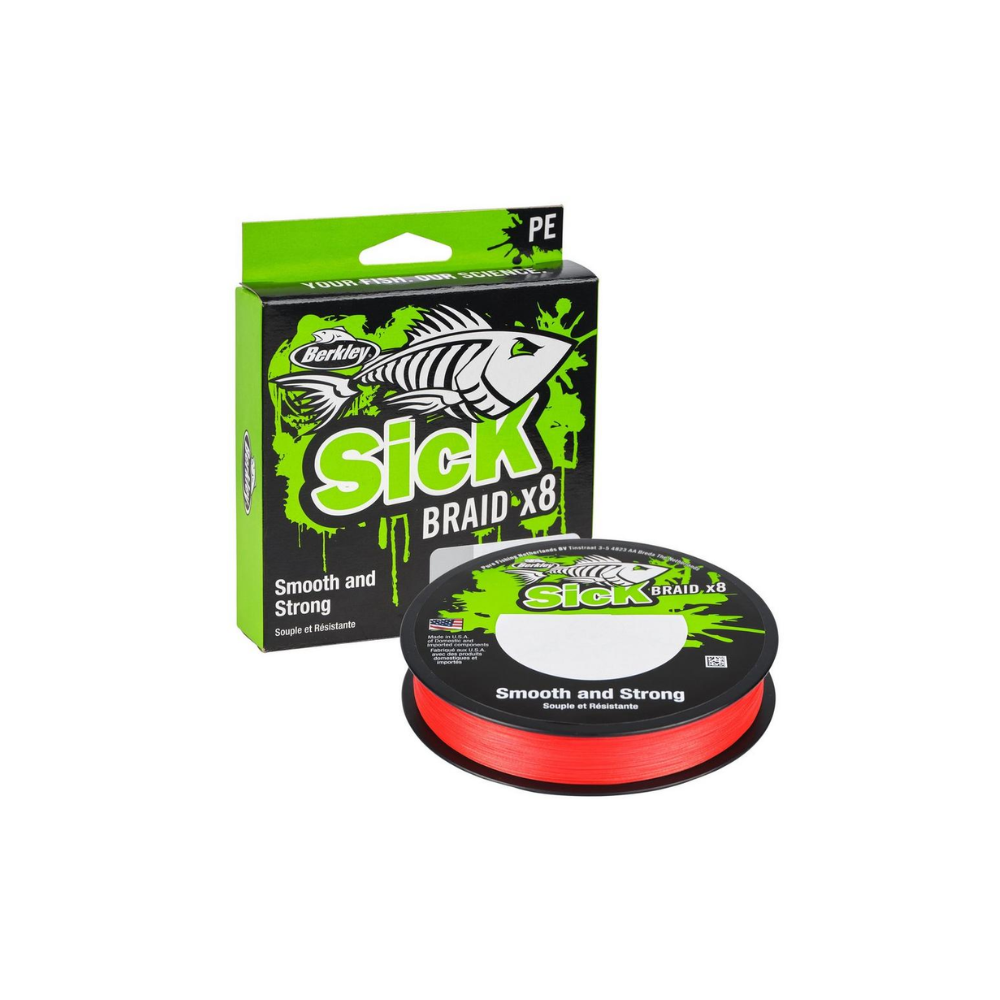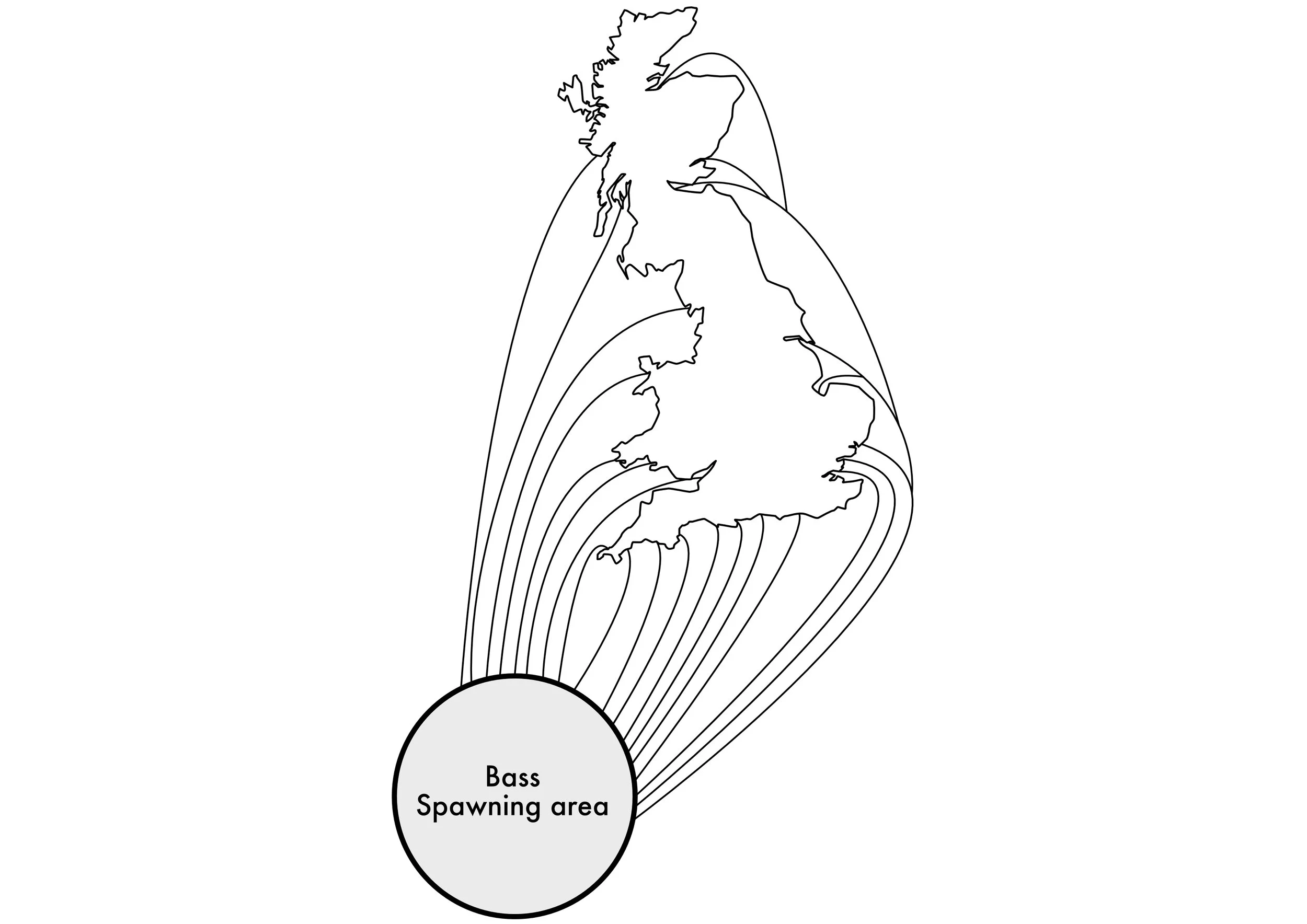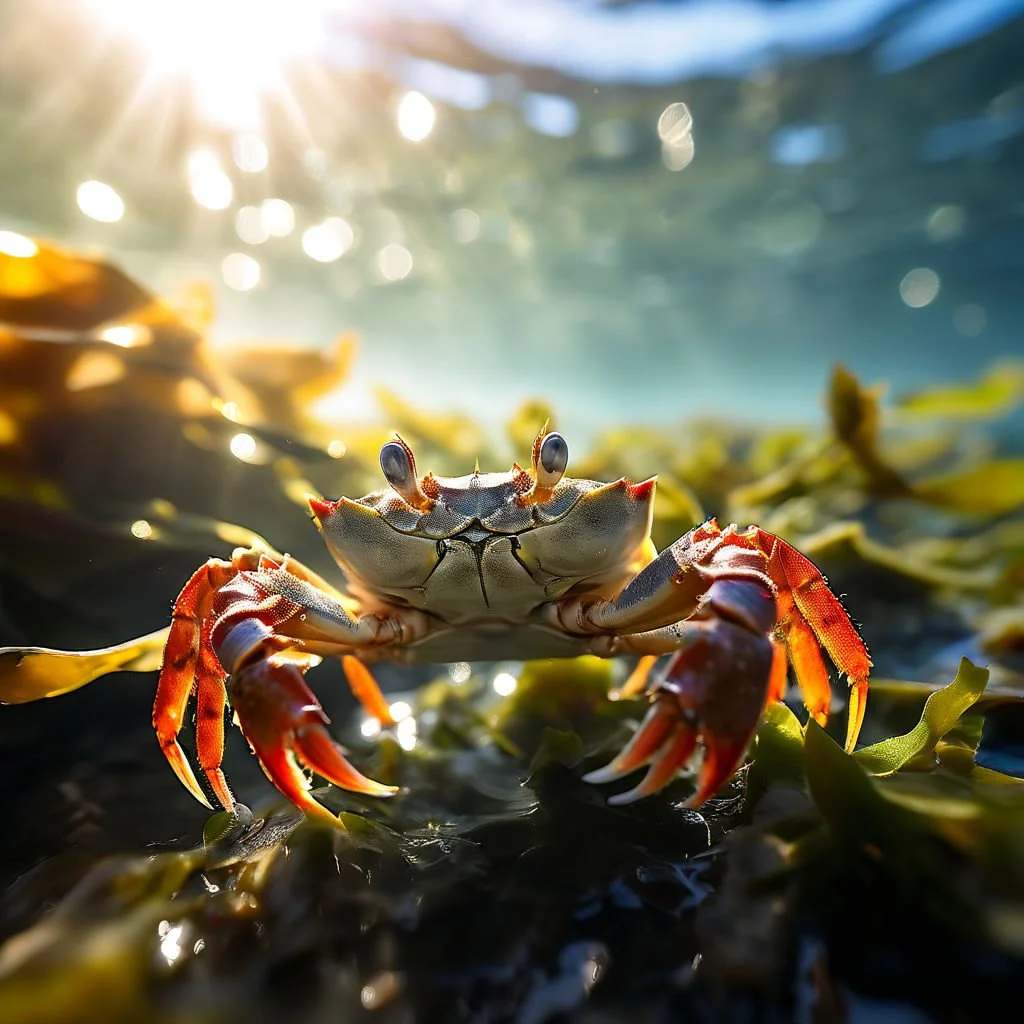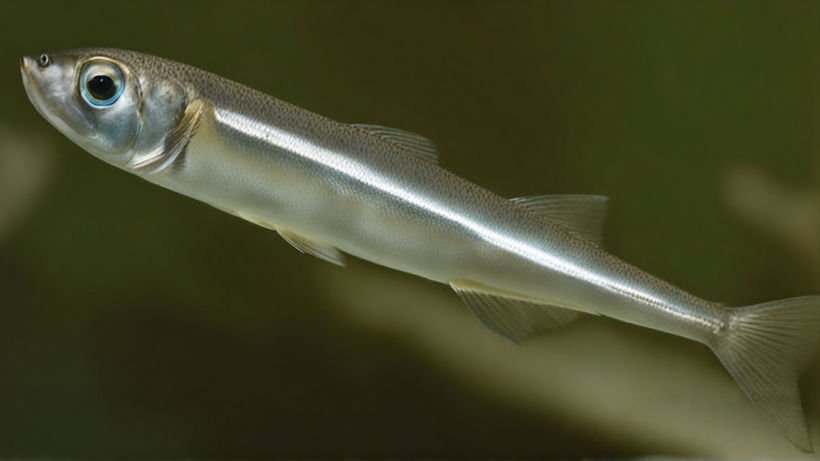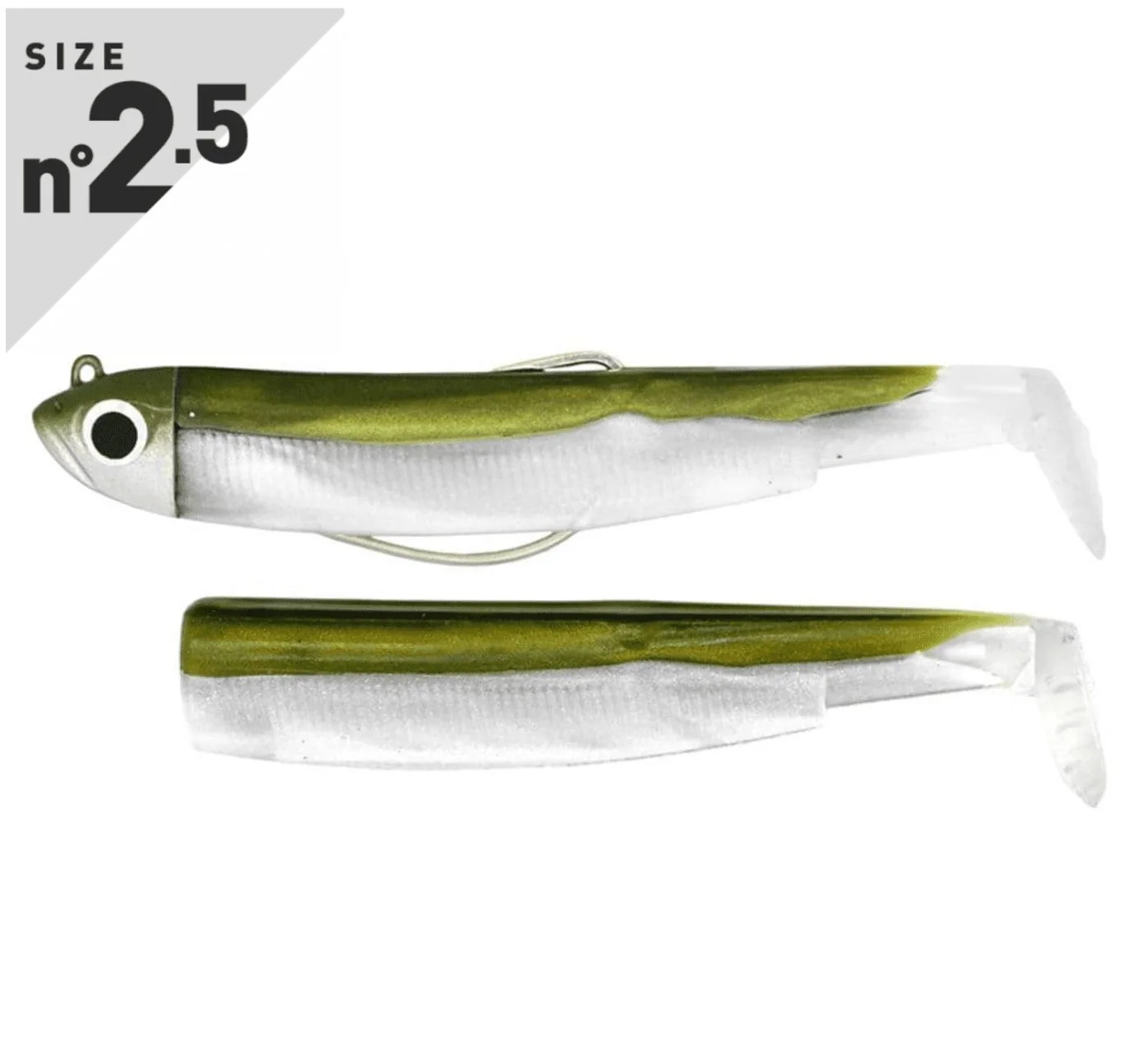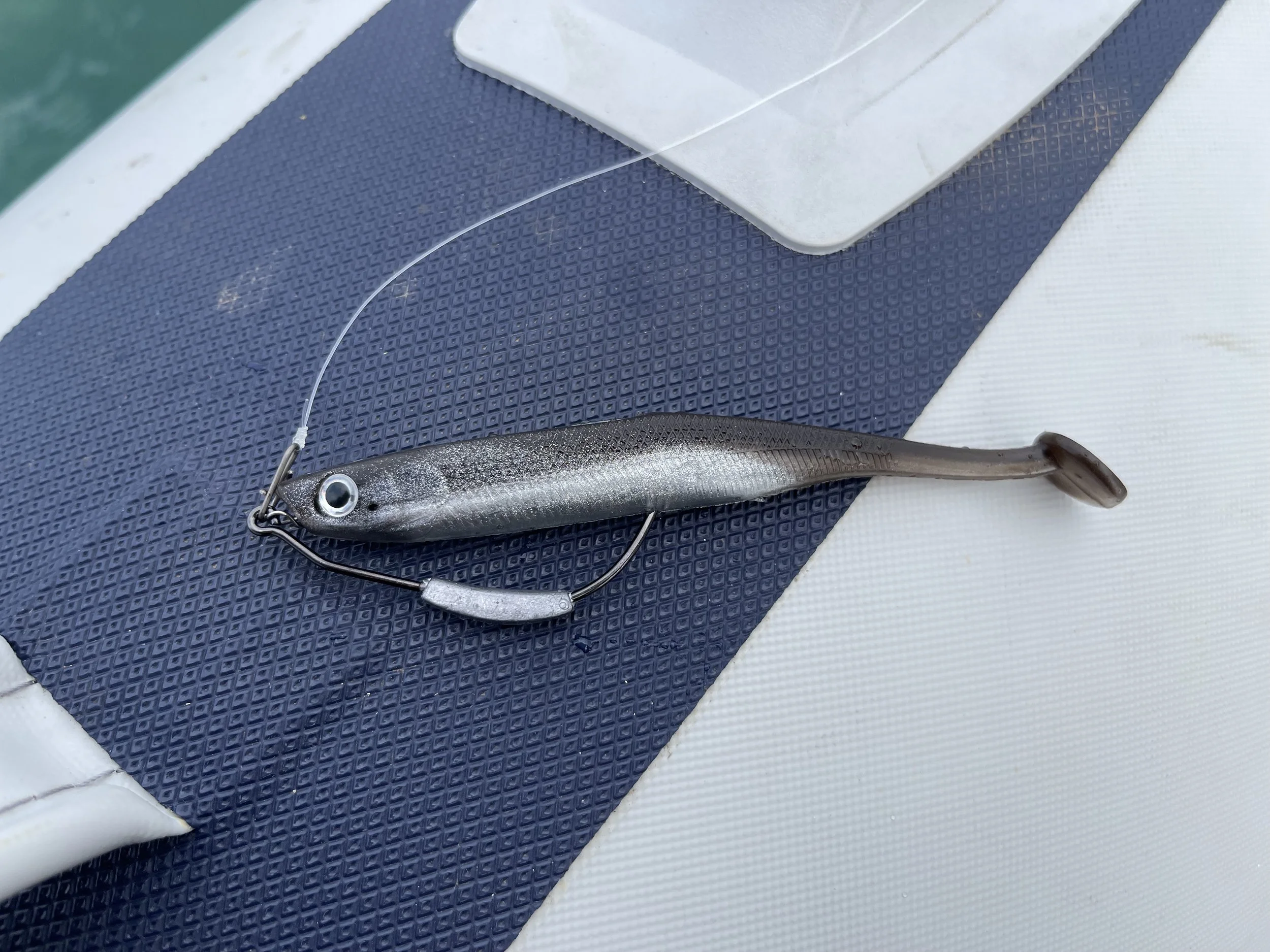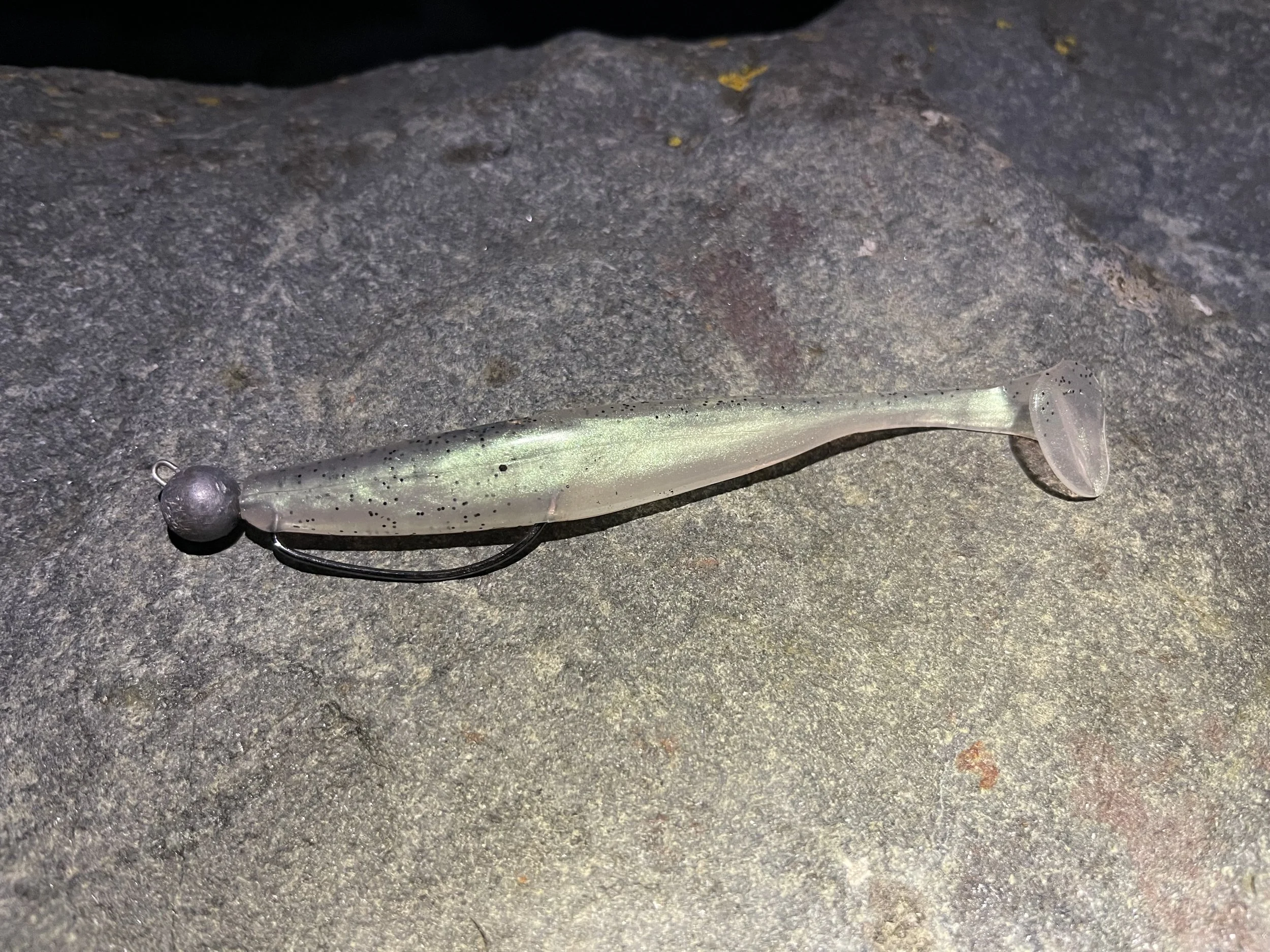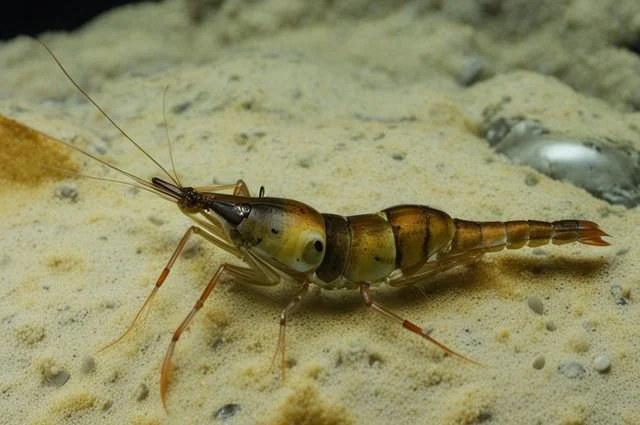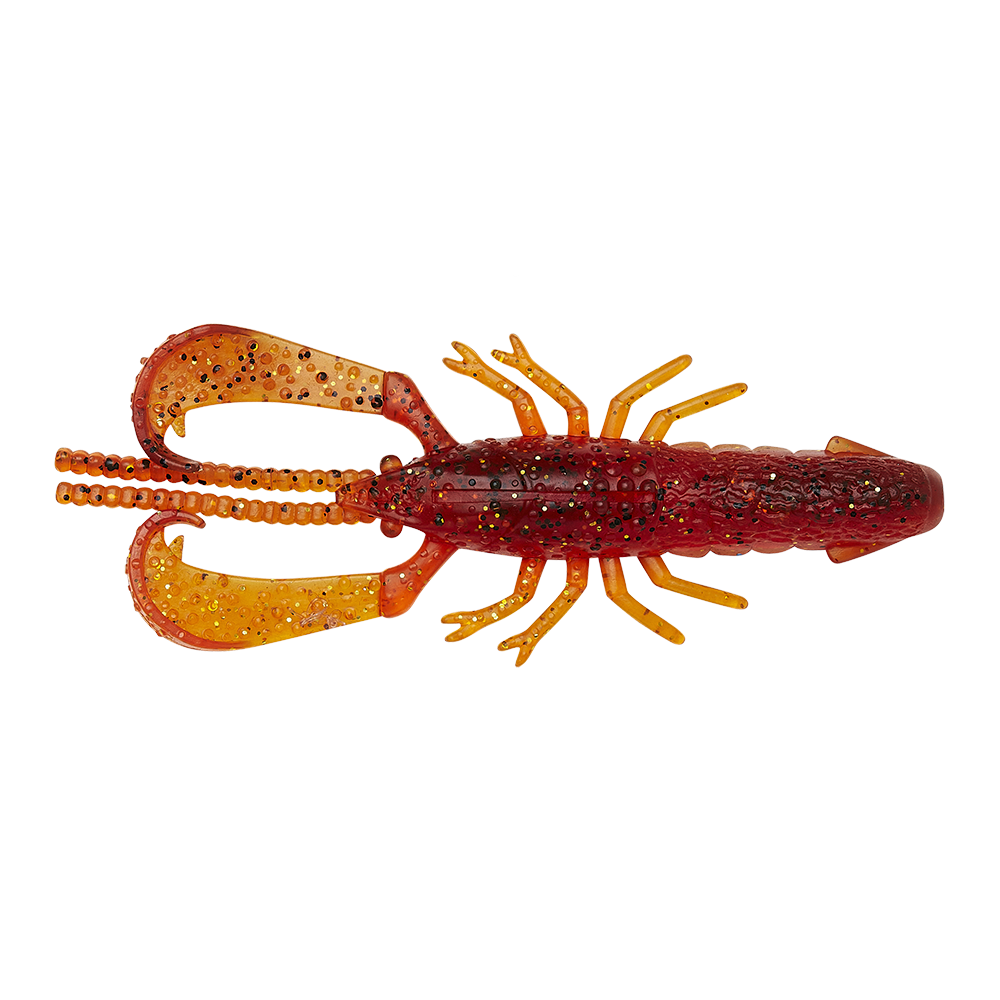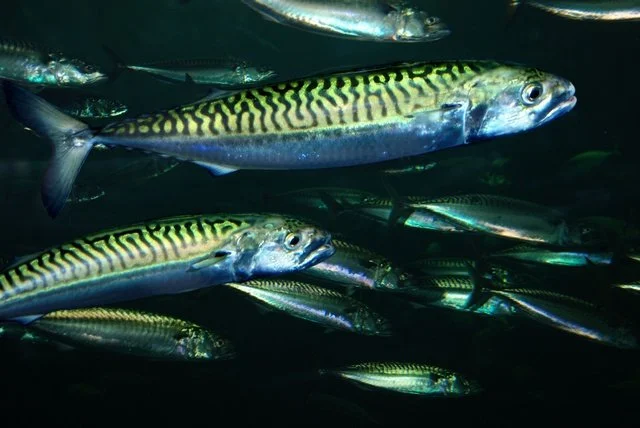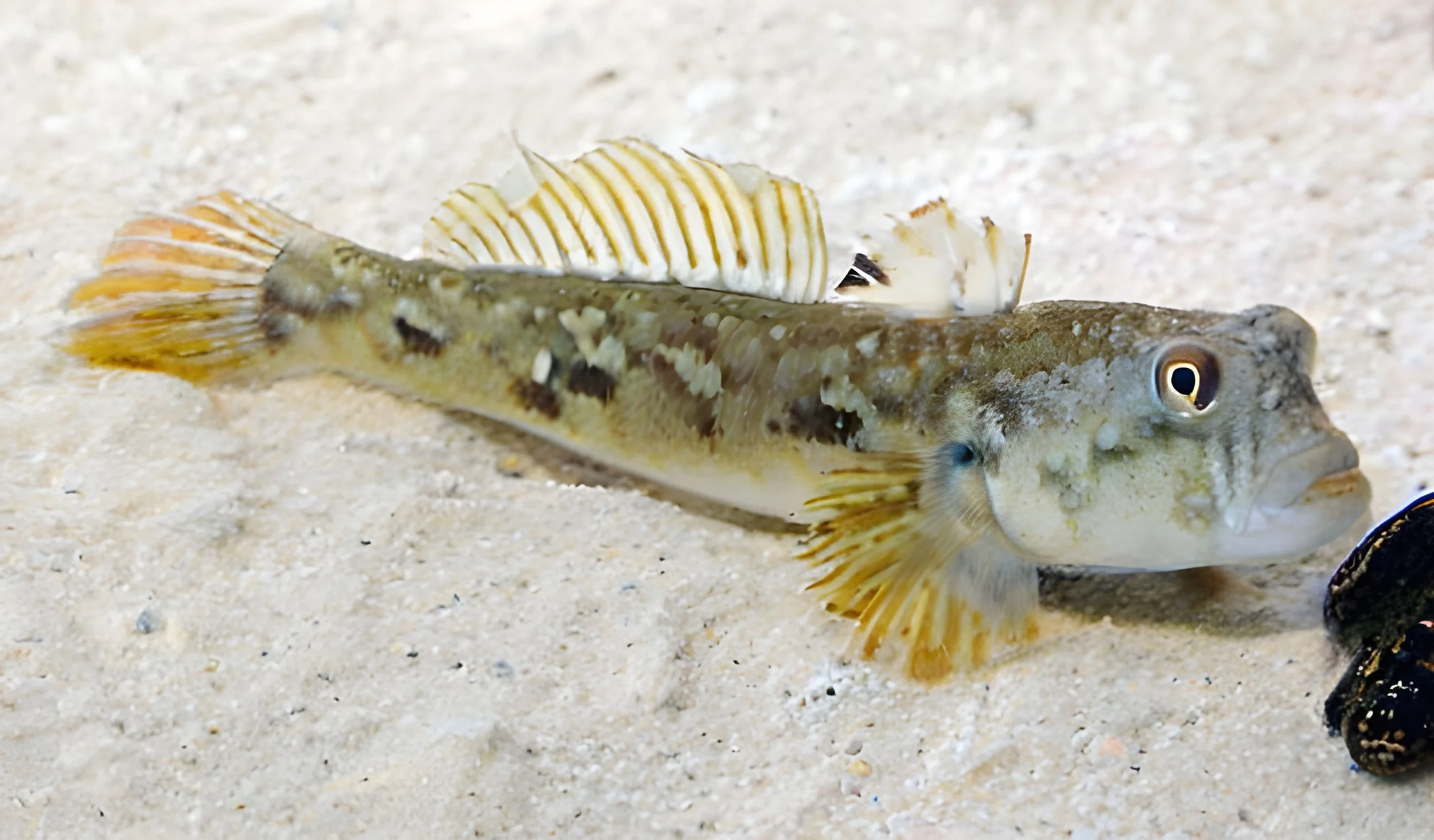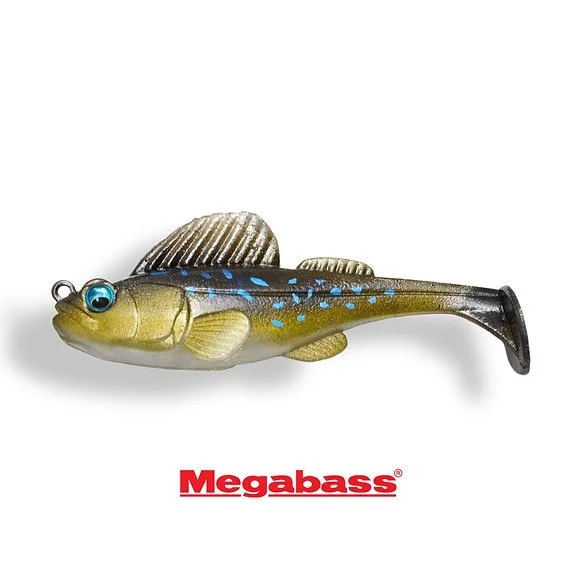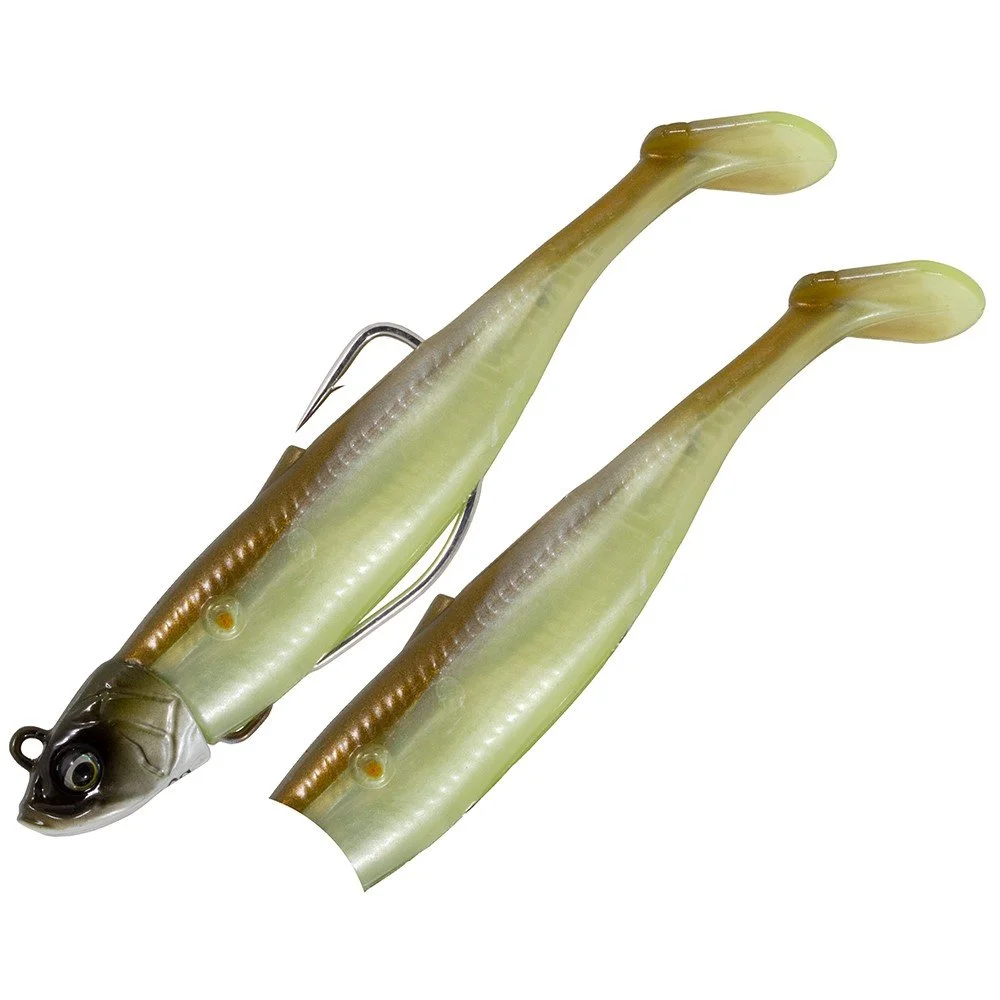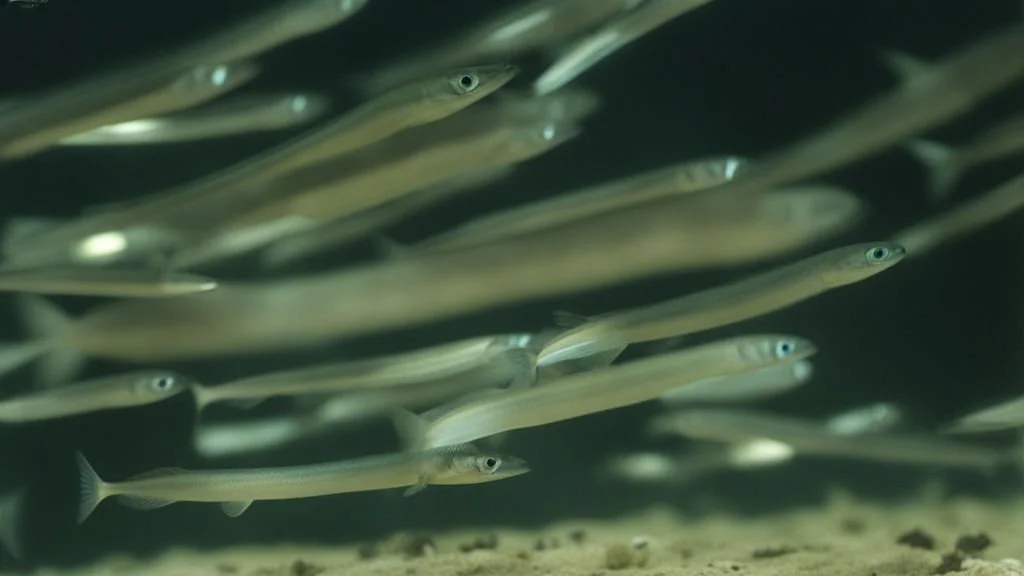Early season lure selection for Bass fishing - Think small
The right lure can make all the difference
As spring brings new life to our UK estuaries and coastal environments, it also marks the start of the Bass fishing season. Early season Bass fishing has it’s unique challenges and opportunities, with lure selection often playing a crucial role in success. The key lies in understanding the lifecycle of Bass & the environment which will allow you to dial into what the fish want, and maybe where to find them.
Who this article is for:
This blog article is aimed at beginner to intermediate anglers who are looking for some pointers on lure choice & methods at the start of the Bass lure fishing season.
Key points
Bait items are small between March - May
Water temperatures are cold - see why this is important here Insert link to other blog)
Bass have just come inshore from spawning and need a feed!
Small lures are often better at this point in the year
Bonus tips
Look for bird action - Bass may be more tightly shoaled on the hunt for food, so utilise birds if you can!
Look for surface action and cast toward it to increase your success rate.
Bass lure fishing - what is it?
Lure fishing is the practice of using artificial baits that mimic prey items, known as lures.
This style of fishing keeps you engaged 100% of the time and it requires you to focus and analyse your surroundings at all times, much like a hunter would do.
Most of all, it’s a lot of bloody fun!! There is nothing more satisfying than working out a mark (fishing location) that holds fish and fooling a fish to take your lure.
So in essence it’s just a style of fishing and its what we talk about most here on Tidework.
The setup for lure fishing
A lure fishing outfit is very simple. Consisting of the following:
Line
Mainline - Berkeley Sick braid - Red
Leader - Berkeley Trilene in all lb ratings
Terminal tackle - The Bits on the end of your line
Lure clip - Breakaway fast clip
Rods
For general UK lure fishing, these rods will get you started. Here are four in different price brackets to get you started.
Westin spin W2 9’1” M 7-30g- £65.99 - Westin quality at fantastic value, a great starter or back up rod.
Major craft Ceana 9’0 - £99.00 - A great entry level option from Majorcraft (Performs way above its budget class!)
Dawia Saltist 9’0 - £149.99 - An excellent all round Bass spinning rod
Tailwalk Hi-Tide TZ S96ML 9'6 30g - £449.99 - Art of Fishing. A top quality rod thats set the benchmark for quality & action in the Bass sector
For more rod info..
Henry Gilbey’s online information on rods is the best out there. Go and see his content here.
Start with his ‘Ive got X to spend on a rod or reel, what could I get?’ article and work your way from there.
Reel
Reel choice is personal just like rods and totally dependent on budget. Here are some suggestions for different budgets.
Daiwa BG 2500 - £54.99
Shimano Miracle 2500 - £109.99
Shimano Vanford 3000 - £184.99
Lures
We will talk about lures further down.
Lifecycle of Bass: hunting an easy meal
Spawning
Bass migrate to, and spend the winter congregated in the western reaches of the English channel. This is where they spawn, releasing millions of eggs which turn to fry that then slowly drift on the currents created by the prevailing westerly winds the Channel sees.
It is believed that where the fry land, is the ‘home’ area of that fish. These fish will remain in the area for some time until they reach sexual maturity, where they then head out to sea to repeat the spawning process - that they do every year once an adult.
If you want to learn more on Bass spawning behaviour see the below links. Produced by the Bass anglers sportfishing society.
Targeting of Pre-spawning Aggrations of Bass by Nets in Cornwall - A mine of info of Bass movement
Bass travel to the Western reaches of the Channel each year to spawn.
Post spawning - The journey back inland
After spawning in late winter, Bass are typically low on energy and looking for an easy meal.
Early season fish can often be characterised by being ‘lean’ as they have spent their fat stores working hard out in the deep water.
Upon their return, they gravitate to areas rich in bait fish. This post-spawning period is when Bass are most likely to go for smaller, easy-to-catch prey. Offering them something that closely resembles their natural food in size and appearance increases the chances of a bite.
The environment - what bait is around in the early season
‘Matching the hatch’ is a crucial element to all fishing activities where imitation tactics are used. The term comes from fly fishing, where you inspect what insects are hatching at the time and you use a fly to imitate the hatched specie. The theory goes that the fish are dialled into the natural cycles & spawns of food and will more likely take a natural looking fly.
The same rule applies with other fish, including Bass!
We must present the fish with something they’d fancy eating!
What should I aim to imitate?
As the Bass return to their home inshore summer feeding areas each year the following food items are what you should be aiming to imitate.
Look for small versions of a lure you are thinking of, scale down your leader slightly & create an overall subtle approach. This might just help you tip the balance in your favour & improve the odds of success.
Crabs
Crabs are a staple food all year round for Bass, but especially in spring when some are peeling their shells which are extra tasty for a Bass!
Choosing a crab imitation seems to be a relatively new thing in the UK Bass scene at least. In the United states the largemouth Bass fisherman have been using them for some years now.
Smelt
Found in coastal and estuarine environments around the world, Smelt, are a family of small, silvery, and elongated fish. They migrate from saltwater to freshwater to spawn & are a key prey item for Bass. (Canal & river trust)
Finger Mullet
Juvenile mullet, or finger mullet, are the early life stages of mullet species. They are typically smaller in size compared to adults. Finger mullet are an important component of the coastal food web, serving as prey for larger predatory fish, birds, and other marine animals. Included the beloved Sea Bass.
Shrimp
These guys you can find basically anywhere along the UK coast. (And around the world). Bass absolutely love them and as such make a great choice to imitate, especially on reefy & estuarine environments where they often find refuge.
Joey mackerel
Mackerel are a slightly rarer part of a Bass’ diet but larger specimens to actively predate them. Ask a live fisherman about Joey’s for Bass and they will tell that they account for some whopping fish.
Goby
Sandeel
Sandeels are one of the key food sources for Bass, and many other marine predators. Life for a sandeel does suck, but these lures take some of the pressure off them through imitation!
Offer up something small
You don’t need to go out and buy a load of kit, just use what you have thats on the smaller end of the scale. If you are just starting out, pick a max of 6 lures, two of each type; Topwater, shallow diver & soft plastic. Get a small & standard size as this will see you happily through the early season & into the summer when bait profiles increase and the Bass’ appetite changes to suit!
Of course, this list is not exhaustive in the slightest. You may have favourites of your own, or a totally different approach than I do here. But then again, so much of lure fishing is subjective, we can’t all be experts on every lure & section of coast, but these are all solid contenders for me!
How do I know what to mimic on the day?
Take some time to observe what are present during your fishing session. Some pointers of how you will spot the prey items listed above:
Sandeels & Smelt you can see swimming in shoals
Shrimp are often in rock pools
Gobies hide in tufts of weed and will dart for safety if they sense your presence. Stay still and they will emerge.
Mackerel may make their presence known with surface action
Mullet don’t give af and will swim right in front of you
Crabs are everywhere lol
Remember, smaller is often better in the early season, as Bass are looking for an easy meal and are more likely to strike at a smaller lure that resembles their natural prey.
Sometimes, you have work through each lure type before you find what the Bass want, then you can dial in on colour.
Have fun, experiment and leave responsibly.
Remember, it’s all about having fun & leave responsibly. Take your rubbish with you and pick up any that you see and dispose of it properly. Leave our seas in a better state than you found it.
Conclusion - Key takeaways
Early season Bass fishing in the UK can be a wicked experience, with the right lure making all the difference. By understanding the Bass' lifecycle and the types of bait they are likely to be feeding on, you can select the right lure to increase your chances of success.
Remember, think small, match the hatch, and be patient. You might just trick a big girl to take your lure.
Tight lines! 🎣



